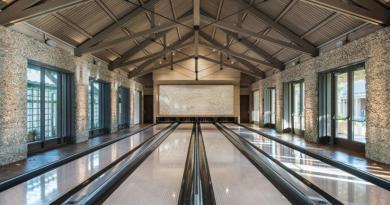Designing for Positive Social and Environmental Potential
Attainable and healthy housing is more than a basic need – it is a key part of a broader wellness strategy tied to a regenerative built environment. Inclusive housing should be built on the fundamentals of healthy, sustainable building materials, the harvesting of energy and water, and community building that promotes social equity. Yet, as we all adapt to this “new normal”, we are faced with the necessity to balance the fundamental wellbeing tenets of community building and social inclusion with the ability to socially distance.
Social isolation has been linked to higher-risk health conditions like heart disease, a weakened immune system, anxiety, and depression. In order to protect ourselves from illness, we need strategies which strengthen our immune responses and release the good hormones, oxytocin and dopamine. Exercise, strategic silence, interaction with nature and socialization have all been proven to increase endorphins and reduce high blood pressure and mental fatigue.
Multi-family developments are uniquely situated to offer amenities which promote community and wellbeing while maintaining safety. Design techniques include creating smaller spaces at edges of larger spaces allowing individual refuge while supporting the perception of inclusion. Shared community spaces can serve as wide hallways connecting to nature and offering natural ventilation while planned community social events reduce the detriments of isolation.
By understanding how appropriately designed
space helps to balance needs, we can begin to create
optimal environments that increase safety while enhancing wellbeing.
Author: Marc Snyder, 4240 Architecture – LEED AP, Associate Principal, Director of Sustainability



